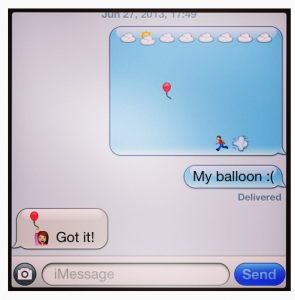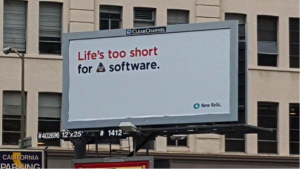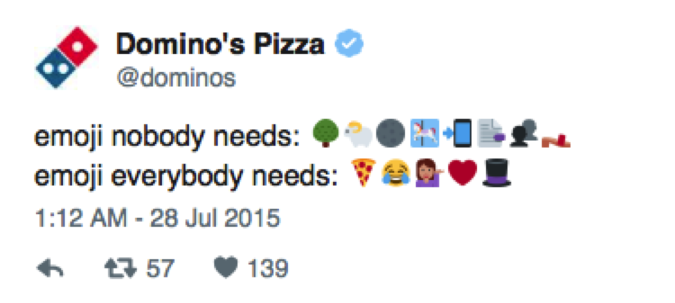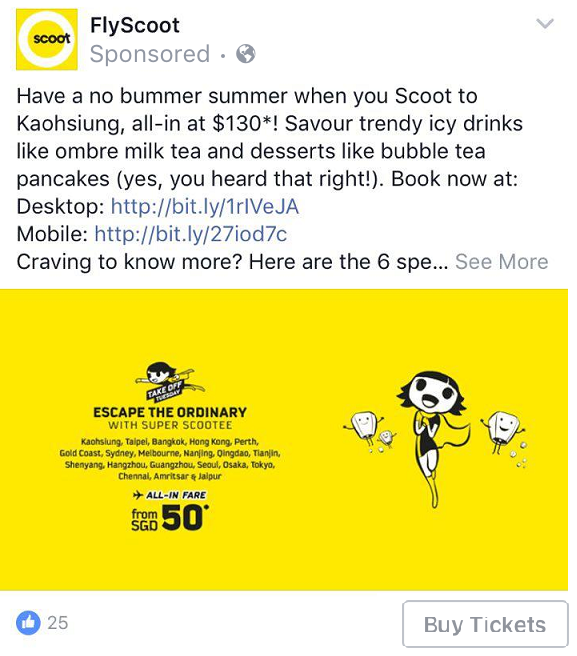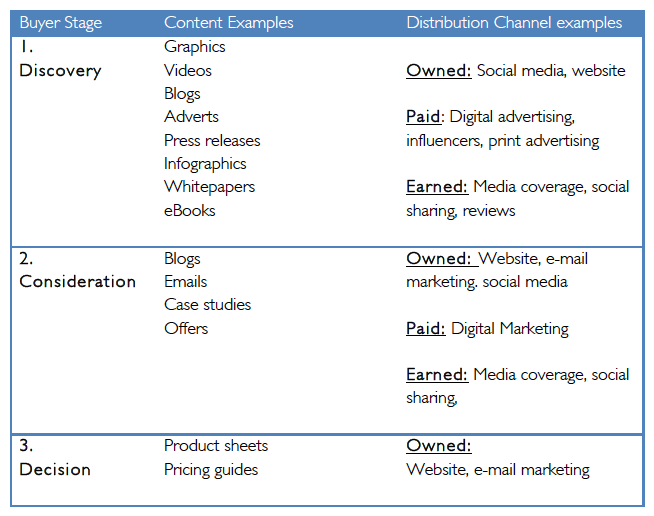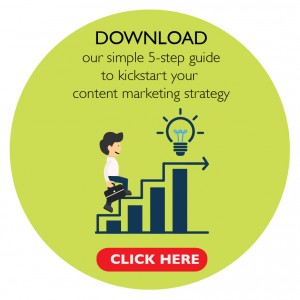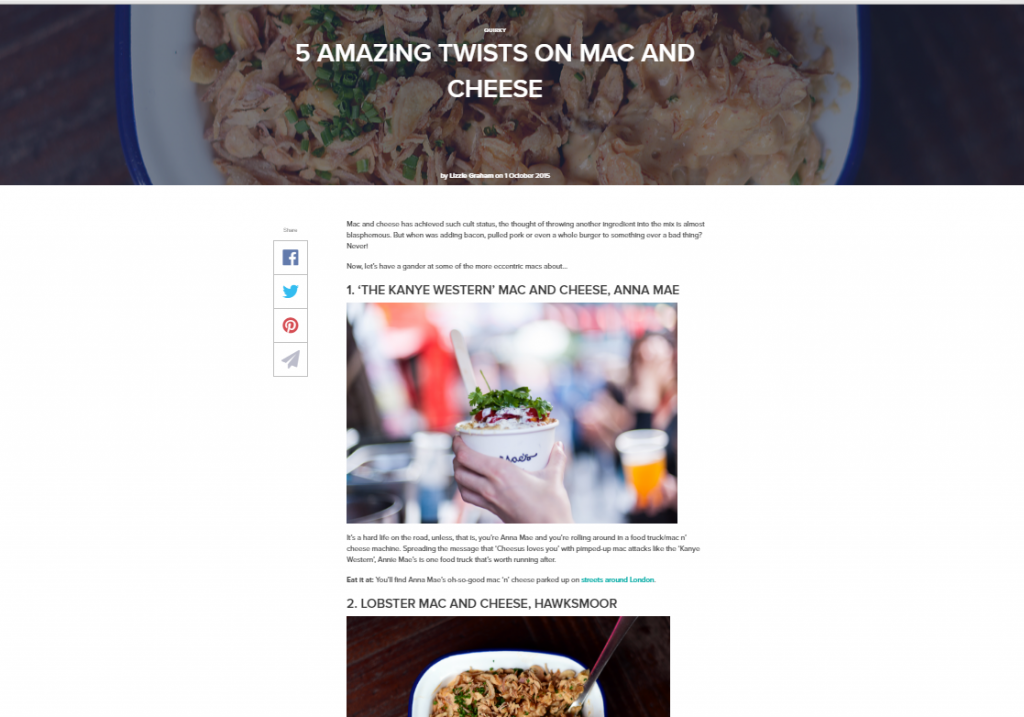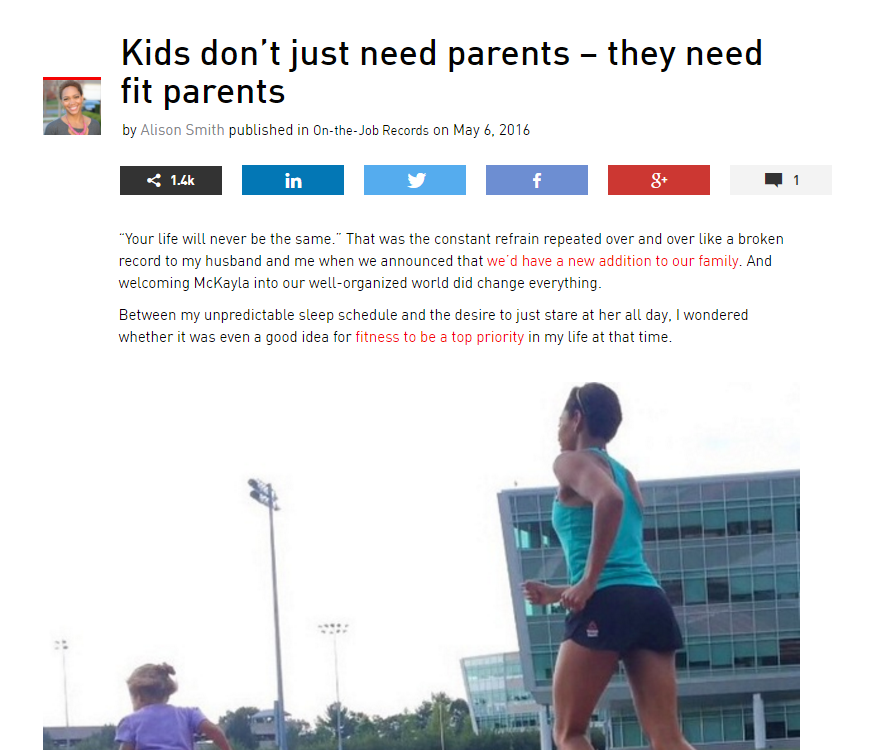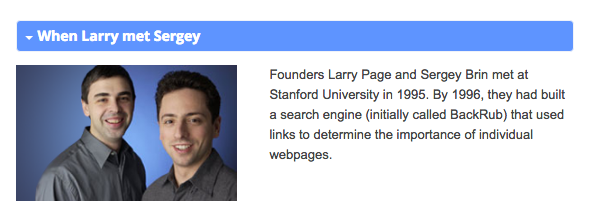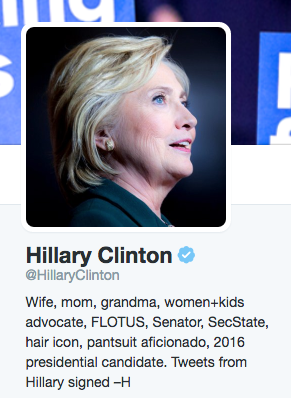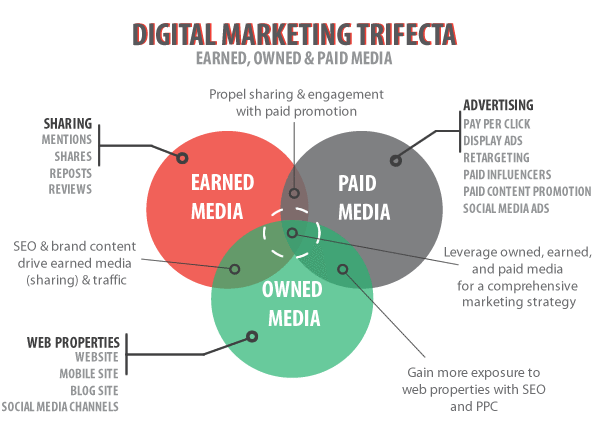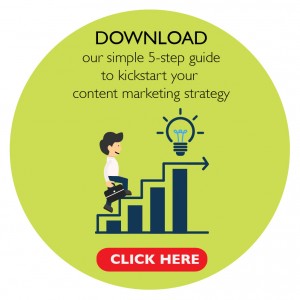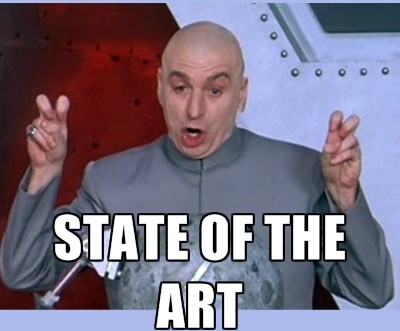The way we communicate with each other is constantly changing, thanks to technology. I mean, 10 years ago, would you have been able to decipher this sentence?:
OMG, IDEK. LOL IDC… actually, IDGAF TBH. BRB, TTYL.
Okay, that might be a bit of an exaggeration, but the way we speak to each other is constantly evolving. Abbreviations are one thing, but in today’s social landscape emojis are taking over, too.
The popularity of social media has promoted the use of visual media. Our words are becoming substituted with small emojis, or digital images, that represent faces, animals, fashion, accessories, hearts, weather, food, sports…and the list goes on.
Emojis can tell a story. In fact, you could send a message to a friend filled entirely with emojis and chances are they would understand what you were trying to say.
Take a look at this creative text message:
A new way to communicate
Could our shortening attention spans and love for visual media be the cause of this phenomenal obsession with emojis? Is this the future of content?
A picture says a thousand words and as we all seem to be so time poor, it just seems easier to use pictures instead of words.
Emojis have only previously been used for social purposes, but nowadays many brands are beginning to adopt emojis to add flavour to their communications.
Why are we so obsessed?
These miniature images suddenly appeared in our phones and, as a society craving constant change and new ways to communicate, we pounced. It simply proves that great content is about so much more than just words.
In fact, some of the most lucrative content out there is solely emojis. Kim Kardashian changed the game when she released the ‘Kimoji’ app you can buy from iTunes. Even bad boy Charlie Sheen has released his own ‘Sheenojis’. It’s truly becoming an obsession led by many famous and influential figures.
The use of emojis is relentless – but it’s simply a representation of our need to not only “tell” content, but “show” it. While emojis have become a ubiquitous part of social media and Internet language, it’s worth considering how you might be able to incorporate them into an appropriate campaign or messaging.
(PROTIP: Just be sure you know what the emoji means so your message doesn’t backfire! For example, the eggplant emoji does not simply represent an eggplant anymore… be careful!)
It’s fair to say emojis are here to stay, and we will continue to see them evolve in content both online and offline.
Now, go ahead and take this test and find out which emoji best represents you. Have fun!
Do you need help creating some crafty content? Drop us a note at [email protected].

